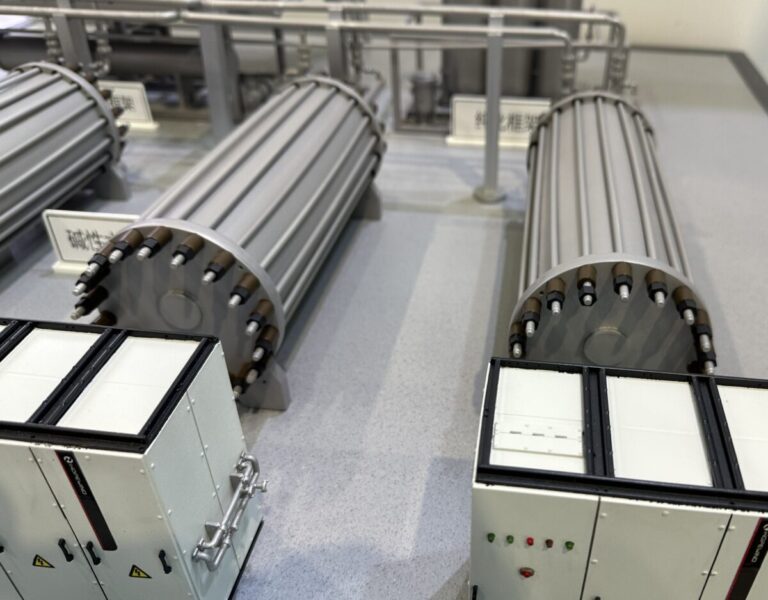The IEA published its annual hydrogen analysis and reported that of the 520 GW of electrolysis projects announced, 20 GW reached the final investment decision, with China leading the way.
The International Energy Agency (IEA) said global demand for hydrogen reached 97 million tonnes in 2023, an increase of 2.5% compared to 2022. “Demand remains concentrated in the refining and chemical sectors and is mainly met by hydrogen produced from fossil fuels without prejudice. As in previous years, low-emission hydrogen played only a marginal role, with production of less than 1 Mton in 2023.” said the agency latest report. Based on announced projects, blue and green hydrogen production could reach 49 Mtpa by 2030, an increase of 30% year-on-year. “This strong growth is mainly due to electrolysis projects, with an announced electrolysis capacity of almost 520 GW.” The number of projects for which a final investment decision (FID) has been reached has doubled compared to last year to 3.4 million tonnes per year, which represents a fivefold increase. “This is roughly evenly split between electrolysis (1.9 million tonnes per year) and fossil fuels with carbon capture, use and storage (CCUS) (1.5 million tonnes per year).” The announced capacity of the electrolysis equipment, which reached the FID, amounts to 20 GW worldwide, of which 6.5 GW reached the FID in the last twelve months alone. China is responsible for more than 40% of global FIDs.
Mitsubishi power will supply a gas turbine that co-fires 30% hydrogen to a power plant in Sarawak, Malaysia. This advanced technology can burn 30% hydrogen and 70% natural gas. Last year, the Malaysian government outlined plans for three low-carbon hydrogen hubs in Sarawak state by 2027, with a green hydrogen production plant in Kuching by 2025 and two Bintulu plants by 2027 for export.
The Fraunhofer Institute for Solar Energy Systems ISE has investigated the production and delivery costs of hydrogen in and from Colombia, with an emphasis on three regions: Cartagena/Barranquilla, Cali And La Guajira. Cartagena and Barranquilla “show good infrastructure and offer potential synergies with the existing industries, making it suitable for the production of green methanol,” while the La Guajira region offers excellent opportunities for both wind and solar power plants. “The third region Valle del Cauca, near Cali, has good photovoltaic potential and locally available CO2 sources, so the production of green methanol and other hydrocarbons such as dimethyl ether or sustainable aviation fuels would be feasible here.” said the German institutions in a report written on behalf of the Federation of German Industries (BDI) and the World Energy Council (WEC).
Yara International opened its new ammonia import terminal in Brunsbüttel, Germany, with a capacity of up to three million tons of low-emission ammonia. “This would correspond to 530,000 tonnes of hydrogen or approximately 5% of the total European hydrogen target for 2030,” the Norwegian company said, explaining that hydrogen are used by the agricultural, chemical and steel sectors.
This content is copyrighted and may not be reused. If you would like to collaborate with us and reuse some of our content, please contact: editors@pv-magazine.com.


